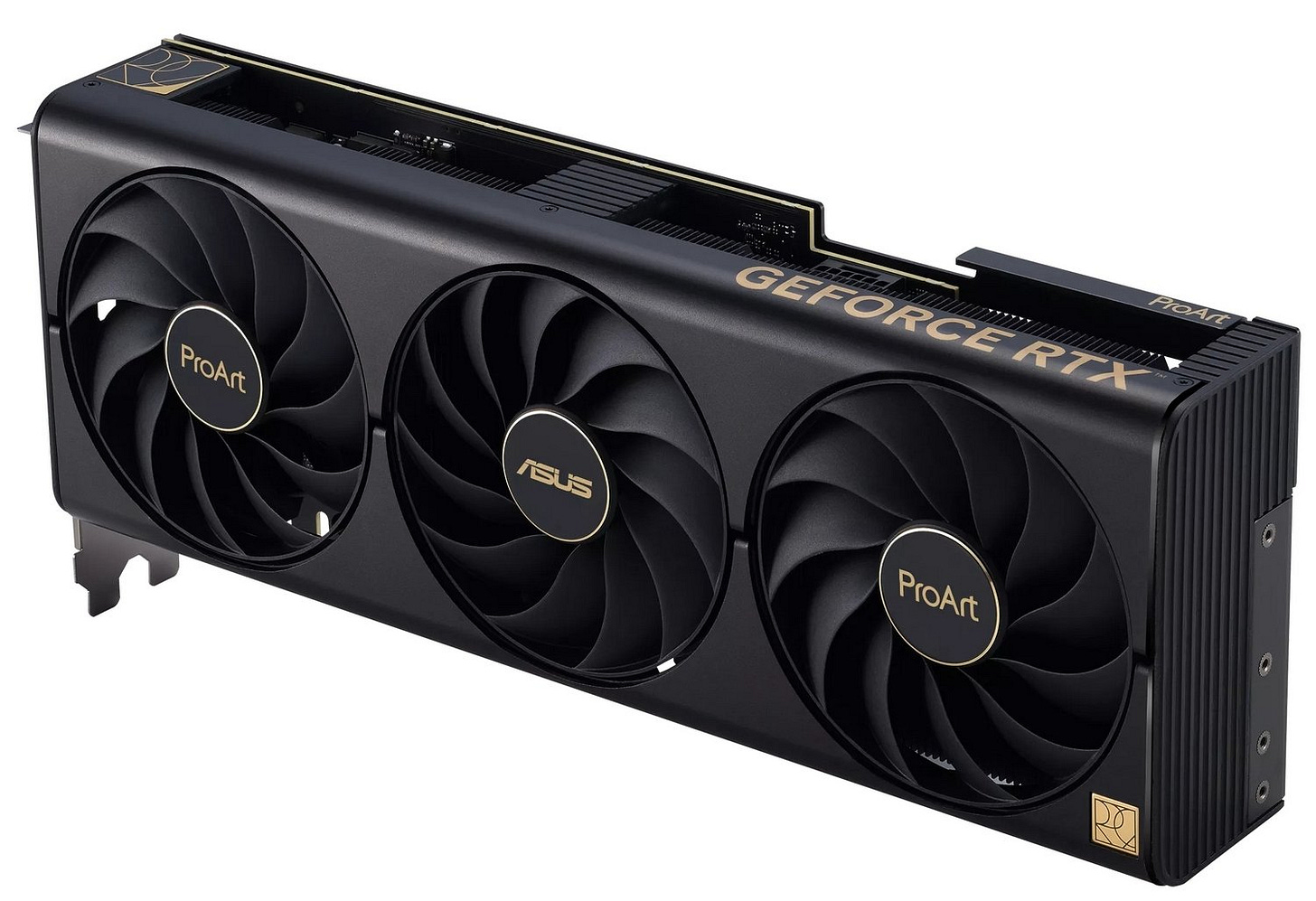Why not 4K gaming?
Truth is, it is overkill. Nobodies eyes really are good enough to tell the difference.
I recently had a dilemma. I knew I was going to build a PC specifically to play video games1. My current monitor is a 2K2 32” curved panel, and I sit about 30” from it.
When I bought the display last year, I could have bought a 4K version for about $100 more, but that gets to the crux of the issue:
My eyes.
Yes, while the higher resolution is nice, but the truth is my eyes aren’t good enough to really tell the difference between the 2K and 4K display. And truth is, neither are your eyes.
You might say that for only $100, you could have a much better monitor, why not go for it dude?
Glad you asked. The number of pixels is about 8.3M for 4K, and 3.7M for 2K3 thus the 2K resolution requires about 1/2 the computational power to drive, as 8.3M is more than 2 times 3.7M. And that means to drive a 4K display rendering images at 60 frames per second4 requires a LOT of graphics processing power.
That is the realm of the RTX40905 or the AMD high end GPU cards. Alas, that requires a lot more money.
Currently, a name brand (aka reputable) manufacturer version of an Nvidia RTX 4090 will run you about $1,800. That is a lot of green, but it will deliver superlative 4K resolution performance.
I selected a fine card, an ASUS ProArte series card that is a Nvidia RTX 4070Ti based variant without all the flashy LED’s and stuff. It is targeted at content creators, but it doesn’t skimp on performance. 12G VRAM, and plenty of headroom for driving a 2K display. It also cost less than 1/2 the price of the RTX 4090 series.
And, having this in my new system for about a month, playing lots of modern games, it handles 2K at 60 FPS quite handily. It never drops below that, and is rock solid on Starfield, Forza Horizon 5, and the new Forza Motorsport.
And, as I mentioned, my eyes (and yours too to be honest) can’t really tell the difference of the higher resolution. Maybe if I had a 60” display, and I was seated about 20ft away I might be able to tell the difference. But I don’t play like that, and for me, the 2K solution is awesome.
I used to do this about once a year, in the 1990’s but just getting back into gaming as a hobby and stress relief exercise.
2K refers to the number of pixels. This is also referred to as 1440p which is the height of the resolution, 2560x1440. 4K is 3860x2160 pixels, or 2160p. If you calculate this, it is 16:9 or wide. By comparison, HiDef TV is 1920x1080, or 1080p. For more on 4K standards, look here at Wikipedia
For the math challenged (no judgement), this is calculated by multiplying the width by the height, so, 3840x2160=8,337,600 pixels
The gold standard for smooth gameplay is 60FPS, which is about 2X what humans see at (slightly less than 30 frames per second) leads to the best experience. Much higher frame rates than that are possible, but there isn’t really any benefit to achieving them, besides measuring your penis size.
Nvidia products are denoted by 4 digit numbers, the first two - 40 - in this case refer to the generation of the silicon. 40 is newer than 30, that is newer than 20. The last two numbers are the performance level. 50 is less performance than 60, yadda yadda and 90 is the “creme de la creme”. The tagged-on descriptor like Ti, or FE represent slight in-class bumps in performance.



